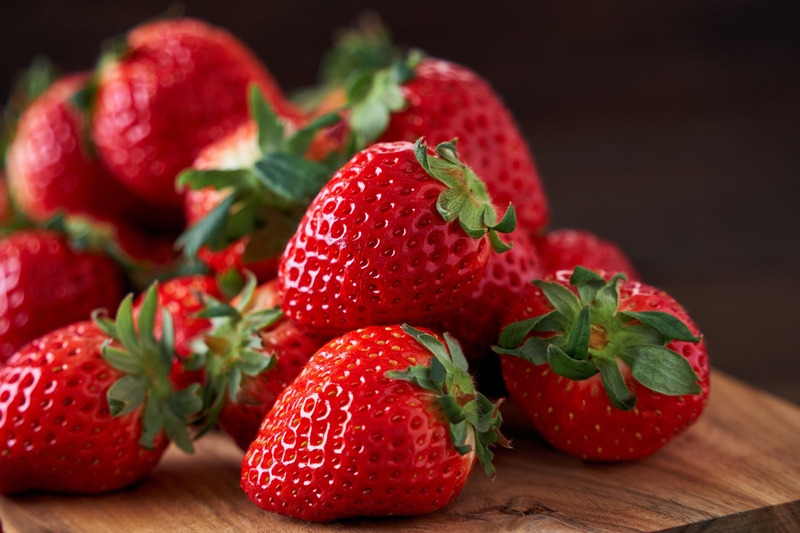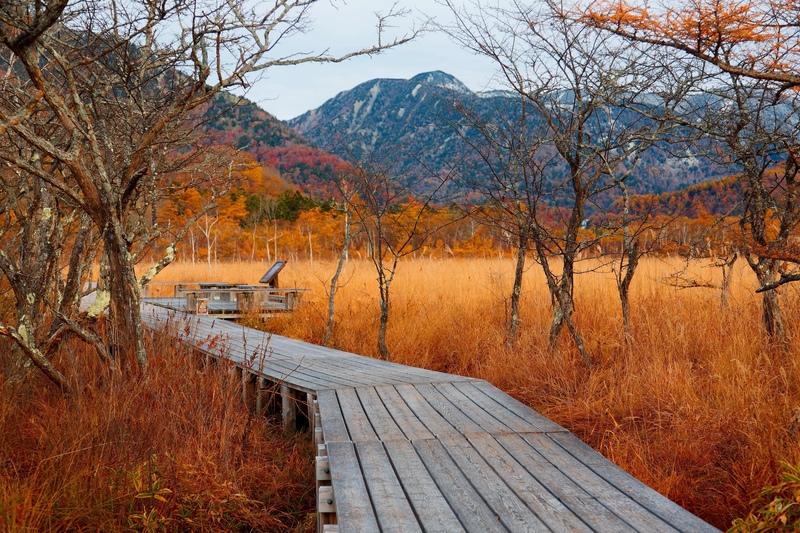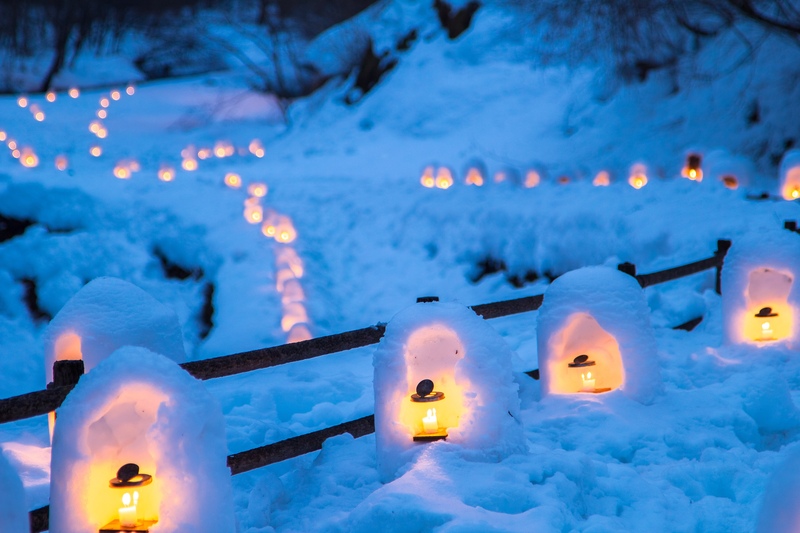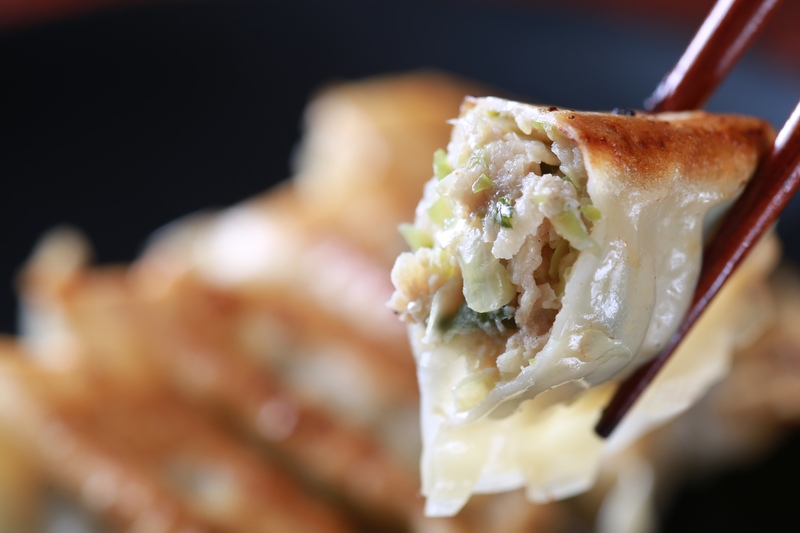What is Shinkyo Bridge?
Shinkyo Bridge is a beautiful vermilion-lacquered bridge located in Nikko City, Tochigi Prefecture, at the entrance leading to Nikko Toshogu Shrine, Futarasan Shrine, and Rinnoji Temple.
This bridge is counted as one of Japan's "Three Unusual Bridges" and is also registered as a part of the World Heritage Site "Shrines and Temples of Nikko".
The vermilion bridge surrounded by lush nature and streams is as beautiful as a painting.
This sacred bridge serves as the starting point for Nikko tourism, attracting many visitors from both Japan and abroad.
This article will introduce the history, highlights, and access information of Shinkyo Bridge in detail!
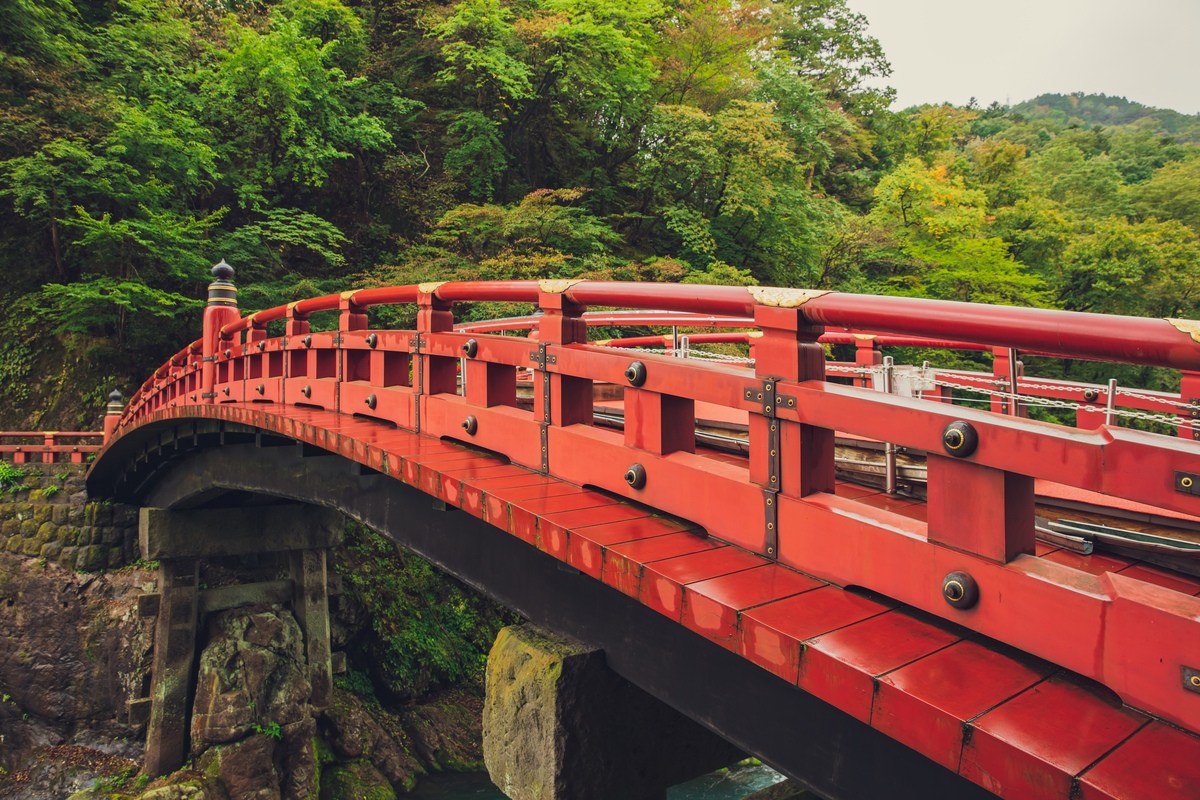
The Charm of Shinkyo Bridge
1. A Historic Bridge Registered as a World Heritage Site
Shinkyo Bridge was registered as part of the World Heritage Site "Shrines and Temples of Nikko" in 1999.
The history of the bridge is ancient, said to have been built in the 8th century (Nara period).
① The Origins and Legend of Shinkyo Bridge
Shinkyo Bridge is said to have been built when the monk Shodo Shonin opened Mount Nikko.
According to legend, when the monk attempted to cross the Daiya River, two snakes transformed into a bridge, creating a path for him.
Therefore, Shinkyo Bridge is sometimes called "Snake Bridge" (Jabashi).
② Preserved Through Numerous Restorations
Shinkyo Bridge has been restored multiple times, with the current beautiful vermilion bridge rebuilt in 1904 (Meiji 37).
The bridge is constructed using traditional techniques, measuring 28 meters in length and 7.4 meters in width.
2. Spectacular Views! The Contrast of the Vermilion Bridge and Nikko's Nature
Shinkyo Bridge harmonizes with the nature of each season, offering different expressions every visit.
① Spring: Shinkyo Bridge with Cherry Blossoms and Fresh Greenery
From April to May, the surrounding cherry blossoms are in full bloom, providing a beautiful contrast with the vermilion bridge.
The fresh greenery is also vivid, making it an ideal season for a stroll.
② Summer: A Refreshing Green Tunnel
In summer, the Daiya River flowing under Shinkyo Bridge creates a cool ambiance.
The area around the bridge is enveloped in greenery, allowing visitors to enjoy a forest bath while sightseeing.
③ Autumn: A Spectacular Collaboration with Autumn Leaves
From October to November, the harmony of the autumn leaves and the red of Shinkyo Bridge creates a picturesque scene.
This period attracts especially many tourists and is popular as a photo spot.
④ Winter: Mysterious Snow-Covered Scenery
In winter, Shinkyo Bridge is covered in snow, creating a fantastic atmosphere.
It's a special season to enjoy beautiful landscapes in silence.
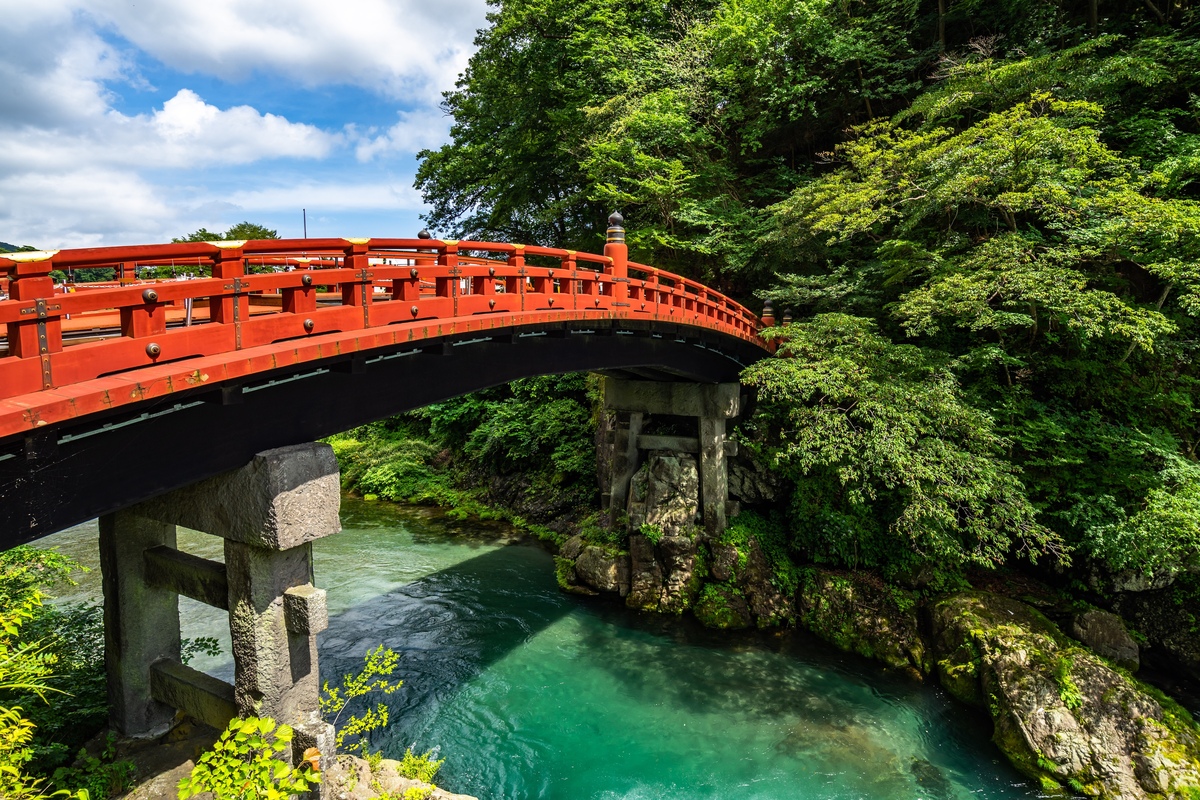
3. A Special Experience Crossing Shinkyo Bridge
Usually, tourists cannot walk across Shinkyo Bridge, but it is possible to cross for a fee!
① Shinkyo Bridge Crossing Fees
- Adults (high school students and above): 300 yen
- Children (elementary and junior high school students): 200 yen
- Infants (preschool children): Free
By purchasing a ticket, you can actually walk on the bridge and experience its history and scenery up close.
The view of the Daiya River from the bridge is impressive!
② Opening Hours (Crossing Hours)
- April to October: 8:00 to 17:00
- November to March: 9:00 to 16:00
*Hours may change due to weather or maintenance.
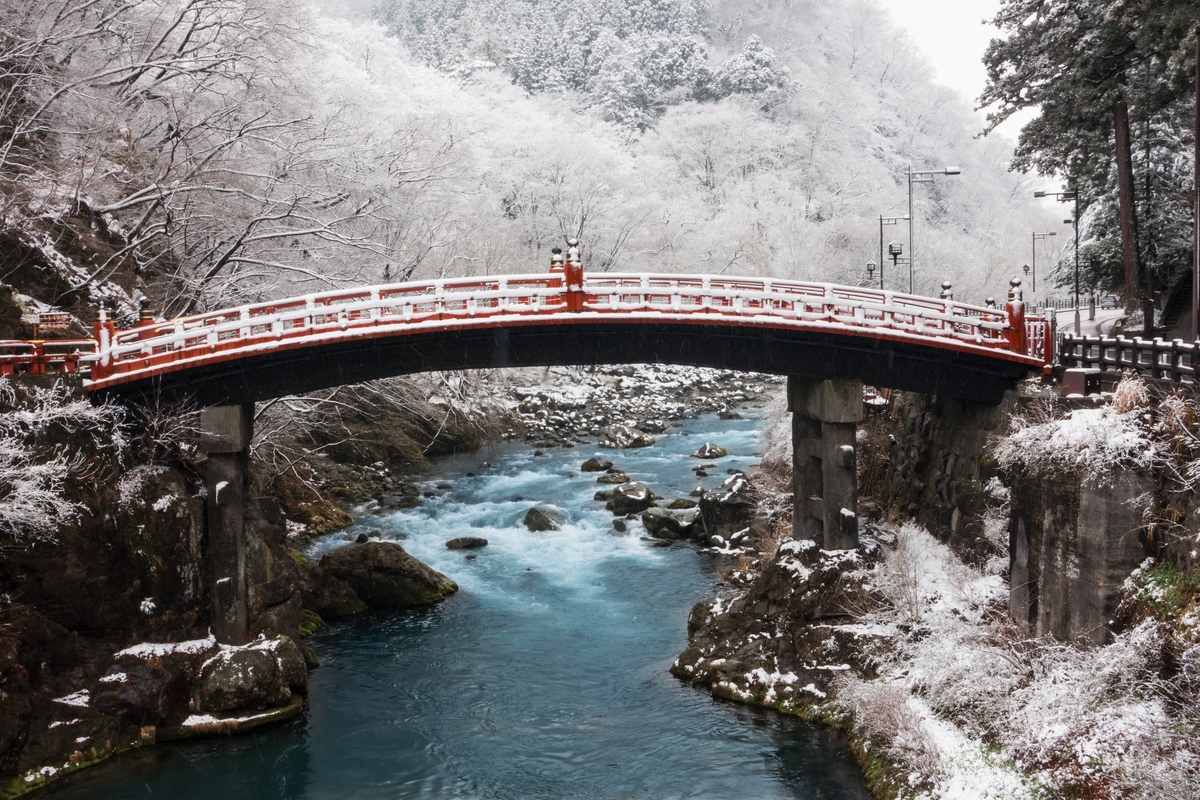
Useful Information for Travelers
Access Information (How to Get to Shinkyo Bridge)
Access by Train
- From Tokyo: About a 15-minute walk from Tobu Nikko Line "Tobu Nikko Station" or JR Nikko Line "Nikko Station"
- From Utsunomiya: About 40 minutes by JR Nikko Line to "Nikko Station"
Access by Car
- From Tokyo: About 5 minutes from "Nikko IC" via Tohoku Expressway and Nikko Utsunomiya Road
Wi-Fi Information
- Free Wi-Fi is available around Nikko Station and tourist information centers
- There is no Wi-Fi around Shinkyo Bridge, so downloading necessary information in advance is convenient
Language Support
- Tourist information centers provide pamphlets in English, Chinese, and Korean
- Major tourist sites in Nikko have multilingual information boards
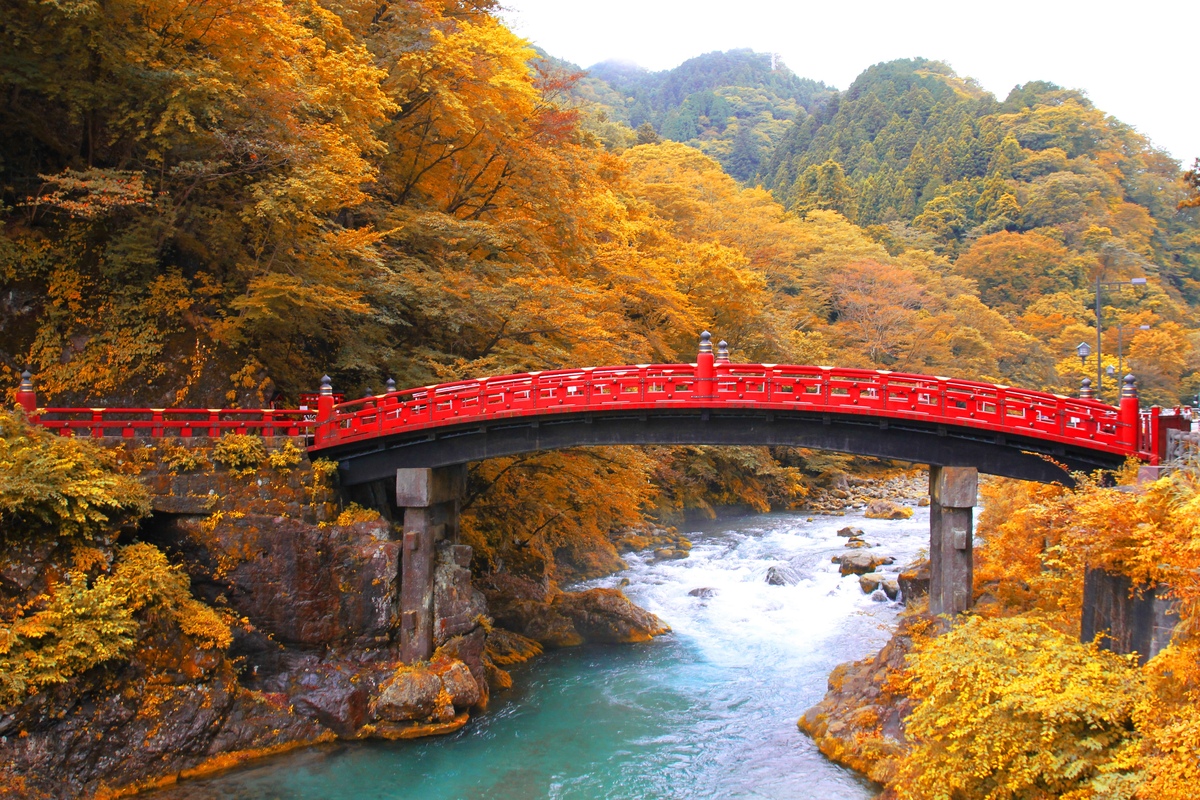
Summary and Frequently Asked Questions
Shinkyo Bridge is a historic bridge leading to Nikko's World Heritage Site "Shrines and Temples of Nikko," known for its beautiful vermilion lacquer and harmony with nature.
You can enjoy the scenery of each season, and the autumn leaves and snow landscapes are particularly impressive!
Since you can cross the bridge for a fee, be sure to experience this special opportunity while feeling the history.
Frequently Asked Questions
Q: Can you cross Shinkyo Bridge for free?
A: Normally, you cannot cross, but you can walk the bridge by paying an admission fee of 300 yen.
Q: How long does it take to see Shinkyo Bridge?
A: It takes about 5-10 minutes to view the bridge, and about 15-20 minutes if you actually cross it.
Q: What are the nearby tourist spots?
A: Just near Shinkyo Bridge, there are famous attractions like Nikko Toshogu Shrine (5-minute walk), Futarasan Shrine, and Rinnoji Temple.
Q: Which season is most recommended?
A: The autumn foliage season (October to November) is the most beautiful and popular.
Q: Is Shinkyo Bridge recommended as a photo spot?
A: Yes! Especially if you take photos from the front of the bridge or the opposite bank, you can enjoy the beautiful contrast of the vermilion bridge and nature.
When visiting Nikko, be sure to visit Shinkyo Bridge and experience its beauty and history!
![[Nikko Shinkyo Bridge] The gateway to a world heritage site! Walk along the beautiful vermilion-painted bridge [Nikko Shinkyo Bridge] The gateway to a world heritage site! Walk along the beautiful vermilion-painted bridge](https://cdn.jeepe.jp/uploads/public_image/image/1934/normal_c40f60c1-6110-4f8e-9ccc-887ccaf84925.jpg)





